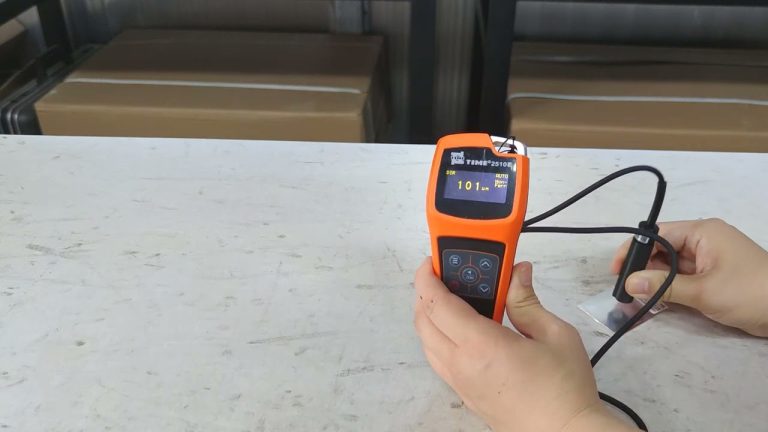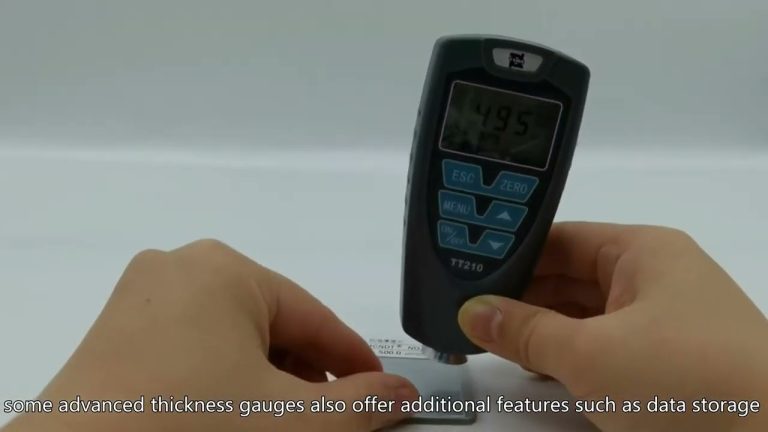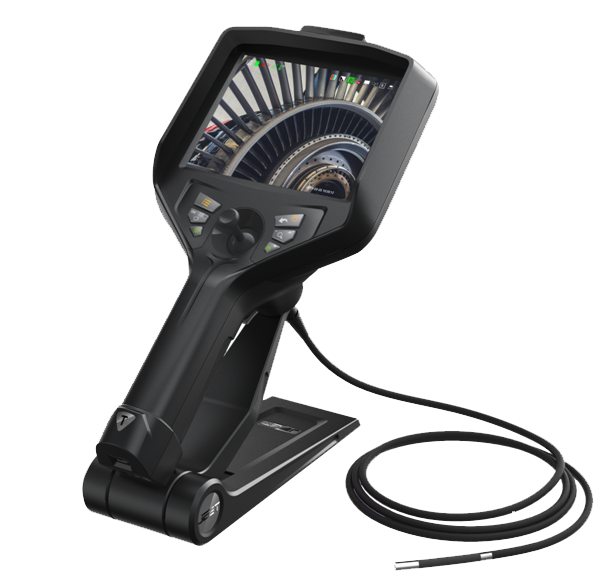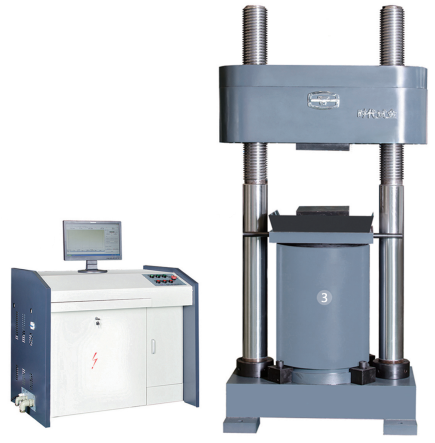During ultrasonic flaw detection, many waveforms (initial wave, defect wave, bottom wave) will appear on the screen. Which waveform data should be read? At this time, a gate must be used. Move the gate to the waveform to be read. At this time, the screen The detection data appearing on the right is the data of this waveform.

The most prominent feature of the digital ultrasonic flaw detector is that it can convert analog quantities related to reflected waves into digital signals, display them on the screen, and automatically perform measurements and calculations. When the instrument is required to compare and calculate a certain echo, someone needs to “tell” it which echo it is tracking.
We agreed to use a “gate” to lock the echo to be measured. The instrument processes and calculates the echo within the gate, and displays all parameters of the echo in real time (including sound path distance, horizontal distance and vertical distance, as well as echo height and equivalent dB , equivalent size and other data).
Generally, digital ultrasonic flaw detectors are designed with two gates, which can read the parameters of two waveforms at the same time, namely: Gate A and Gate B. Gate A is a wave entrance gate (fixed to wave entrance alarm), its main purpose is to display the echo status data and alarm in the gate; Gate B can be set to wave entrance alarm, wave loss alarm or closed (repeatedly press the [Gate] key to Switch gate A and B). The user can select any gate as the current gate.







